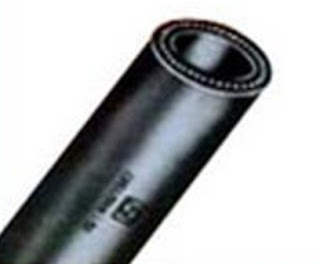 |
| Rubber and PVC Products |
Rubber products are undoubtedly the most
important products that entrusts durability and great utility benefits to
users. But utility and durability is synonymous with good companies
manufacturing such products. The products of both rubber and PVC products
are multifarious in nature and rubber products, not necessarily indicates just
Tyre products only.
When it comes to fabrication works and
products for industrial utility, usage of rubber products as well as PVC
products straight away comes into play. The benefit of going for reputed
companies is not just to get hold of quality products but to avail a line of
products. The state of the art of such companies is highly unique with involved
work of qualified experts of this manufacturing field. Consumers, therefore
take immense delight with the utility of such products.
Some
of the rubber products may be exemplified thus-
- Rubber sheets
- Rubber Mats
- Rubber profiles
- Rubber gaskets
- Rubber flooring
- Fly Ash Rubber Hose
- Mud & Slurry Rubber Hose and many more products
Having spoken of Rubber products, why the
PVC products should be kept undiscovered? Hence let’s quickly wrap up with the
multiple PVC products-
- PVC Water stops
- PVC Handrails
- PVC Hoses and many other products
 |
| Rubber and PVC Products |
Usage of both of these products is mainly
to facilitate ease with installation purpose of various kinds of machinery and
appliances, for heavy automobiles so that they can resist the friction. They
are also used for the purpose of absorbing the vibrations produced by
automobiles.
The rubber and PVC linings are mainly manufactured with utmost
care that clients do not have to compromise with either design or the product
as a whole. The manufactured products are made using pure and exclusive quality
raw materials. Exclusive features of rubber and PVC products may be
mentioned thus-
- High quality finishing
- Comfort in Installation
- Eco friendly products
- Purse friendly prices and
- Durable products
